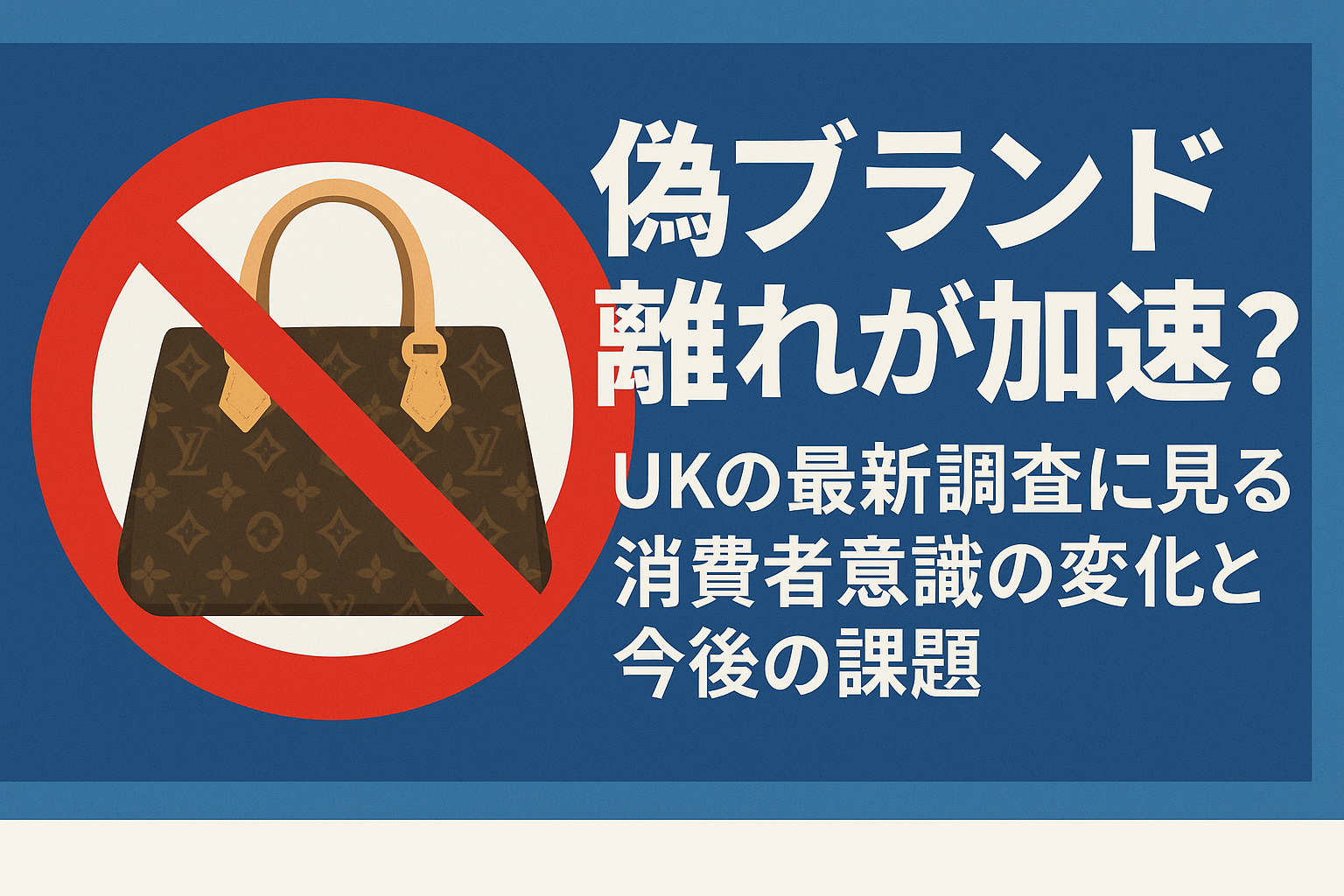The UK Intellectual Property Office (UKIPO) released the fourth wave of its Counterfeit Goods Tracker on June 17. This ongoing survey, which began in 2019, sheds light on recent shifts in consumer attitudes and behaviors regarding counterfeit products. It provides valuable insights into the realities of counterfeit consumption and the psychological factors behind it, serving as an important resource for policy-making and awareness campaigns aimed at protecting intellectual property rights.
Declining Purchase Rates of Counterfeit Goods
According to the latest results, 24% of respondents said they had purchased counterfeit goods in the past, marking a five-point decrease from the previous wave. Only 15% reported currently purchasing such items. Notably, 76% claimed they had never bought counterfeits, suggesting a growing rejection of such goods among the general public.
While this shift is a welcome development from an intellectual property protection perspective, it raises the question: why is this trend emerging now?
Youth Tolerance for Counterfeits and the Associated Risks
A breakdown by age shows that experiences with counterfeit purchases are concentrated among younger demographics. Notably, the current purchase rate among those aged 25–34 stands at 27%, indicating a lingering tolerance for counterfeits among parts of Generation Z and Millennials.
This may be linked to price-driven consumption behavior and social media-driven trends that prioritize appearance. However, it also suggests a potential lack of awareness regarding the safety and ethical issues associated with counterfeit goods.
The Rise of Online Purchases and Category-Specific Trends
Online platforms continue to dominate as the primary channel for purchasing counterfeits. In particular, online purchases of “cosmetics and toiletries” have increased, revealing how the convenience of digital shopping may be exposing consumers to more counterfeit products.
By category, “clothing, shoes, and accessories” and “sports goods” ranked highest, highlighting the prevalence of counterfeits in fashion and lifestyle segments. These are areas where brand value is strong and demand for counterfeit items remains persistent.
The Persuasive Power of Ethics and Health Messaging
A key highlight of this survey is its evaluation of message effectiveness in discouraging counterfeit purchases. Messages focusing on ethical and safety concerns—such as health risks (e.g., skin issues and allergies) and child labor—had a strong emotional impact, with nearly 90% of respondents saying these messages would make them reconsider their purchases.
Compared to generic warnings like “It’s illegal” or “Low quality,” appeals connected to personal health and social responsibility proved far more effective in driving behavior change. This insight offers a valuable direction for future public awareness campaigns.
Combating Counterfeits through Empathy and Personal Relevance
Legal measures alone are not sufficient to eliminate counterfeit goods. As this survey suggests, encouraging consumers to view the issue as personally relevant is key to shifting behavior. Emotional appeals, especially those targeting younger audiences, will become increasingly critical.
The next challenge lies in how brands, government bodies, and platform operators can collaborate to build an environment that supports ethical and safe consumer behavior.

